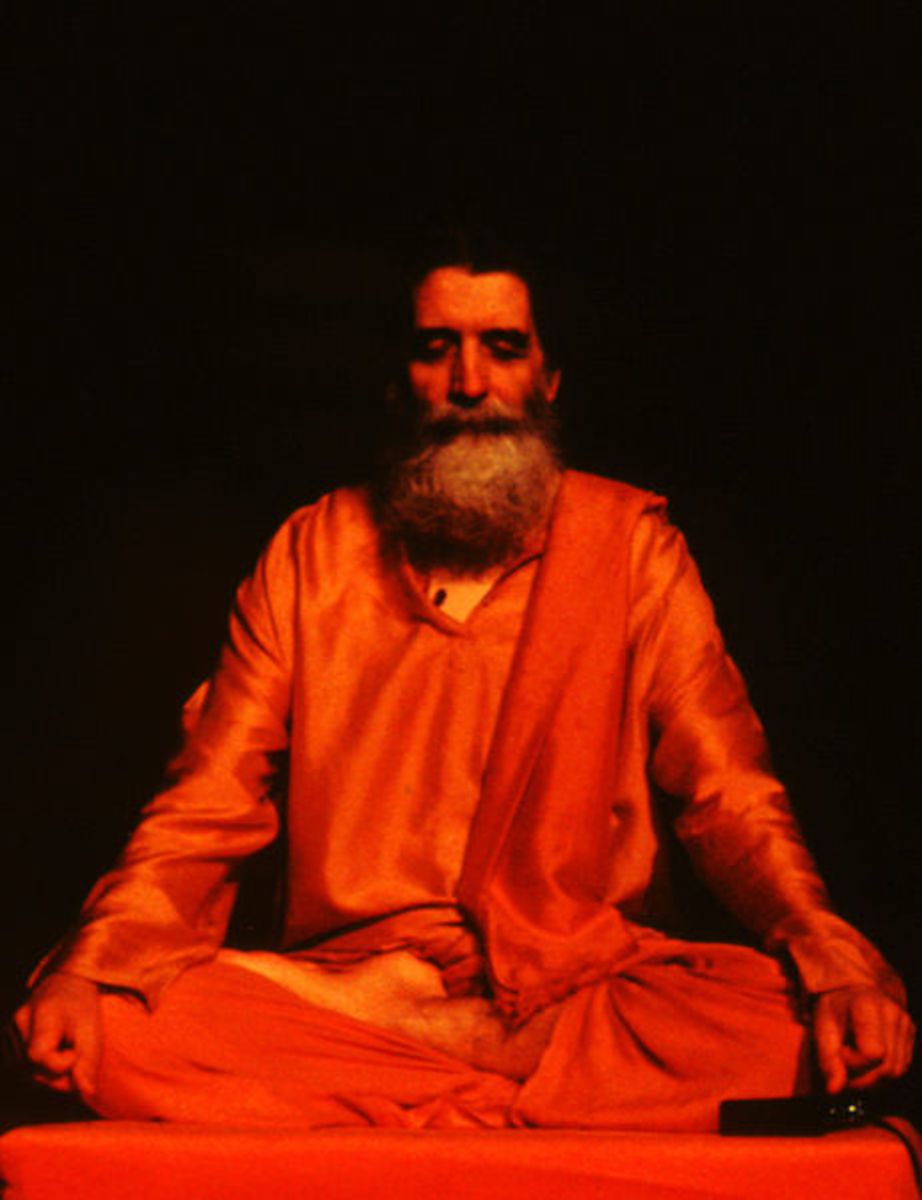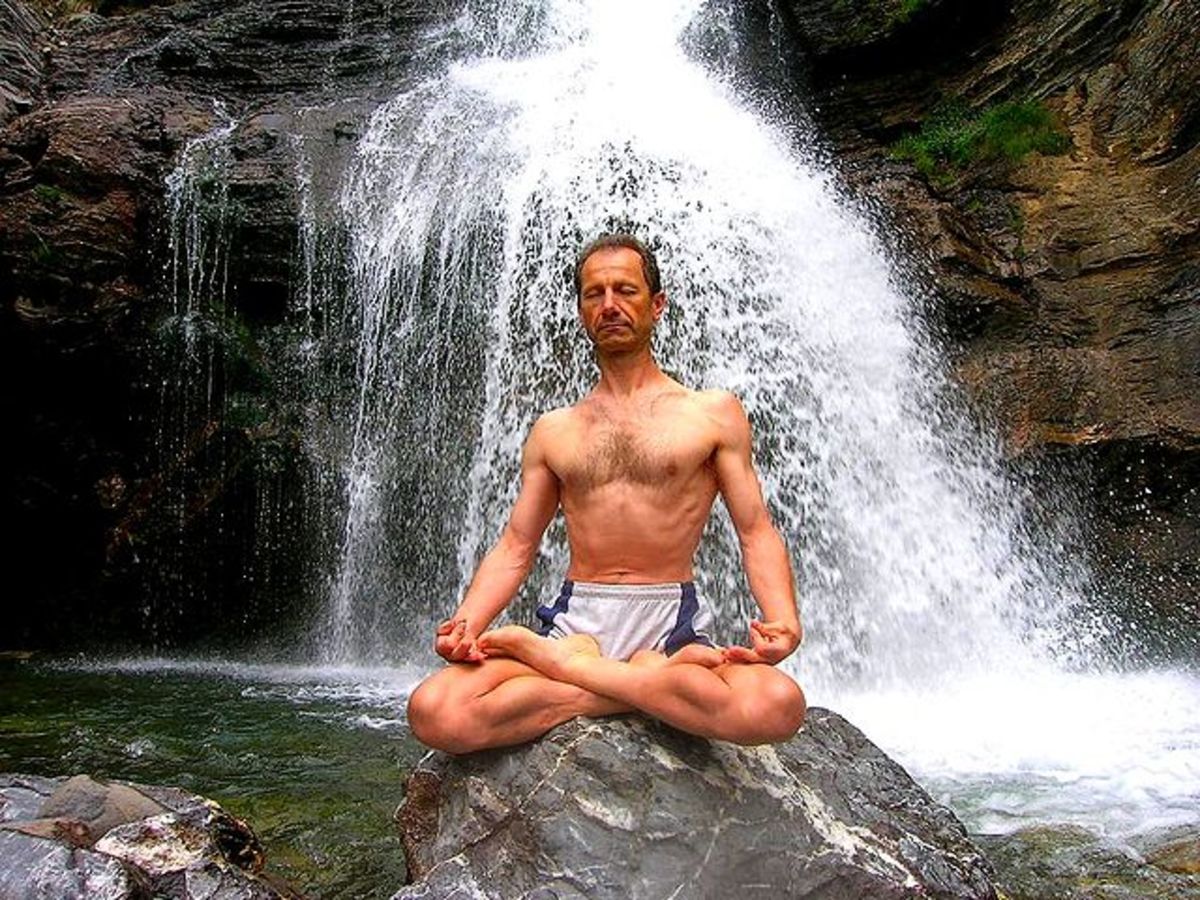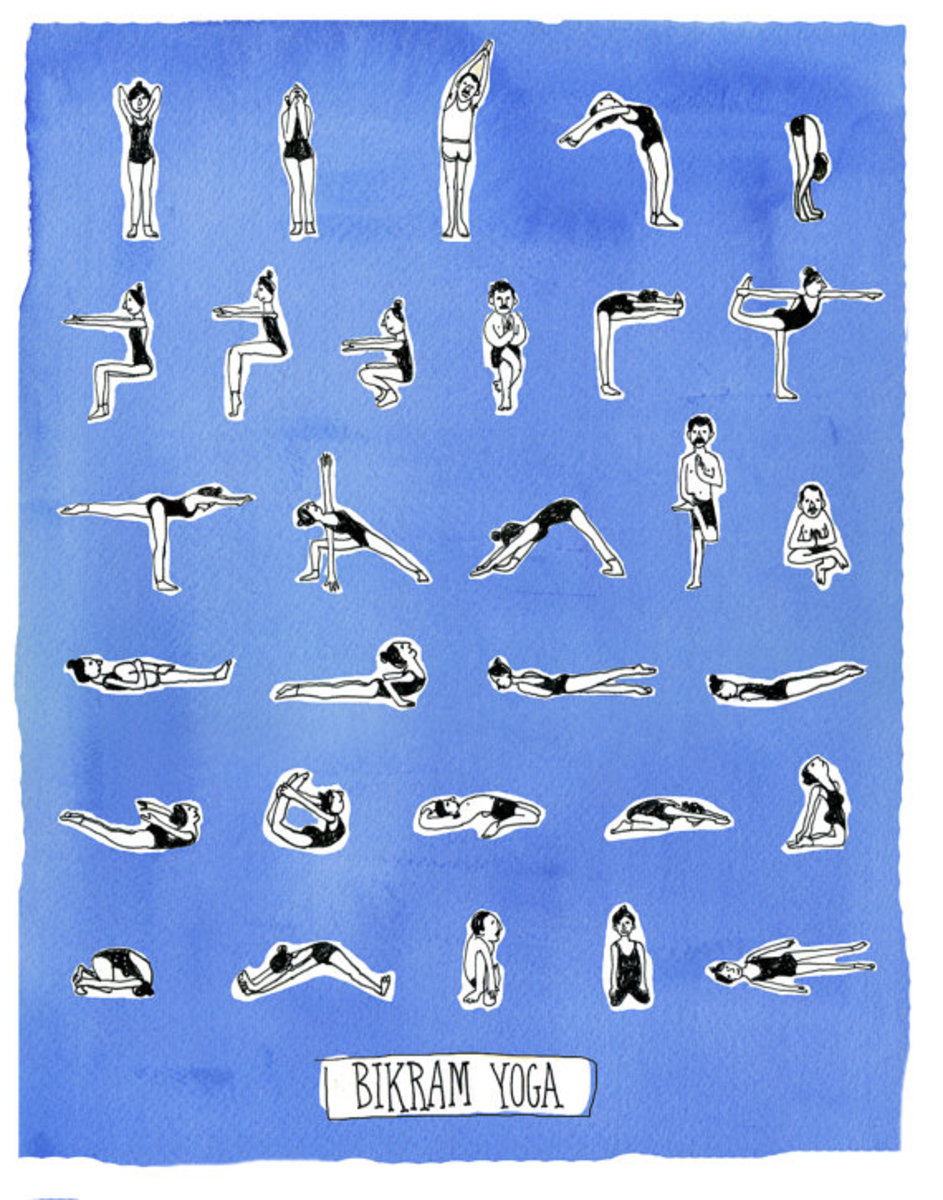Yoga Deep Breathing: Importance and Techniques
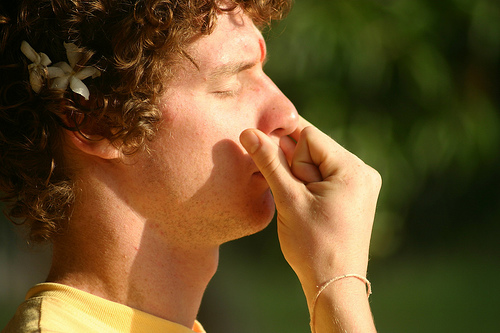
Pranayama in Yoga
In every execution of yoga postures and movements, it must always be coupled with a corresponding breathing technique. There is also an emphasis on breathing at every stage of your yoga practice. But breathing in yoga is also an art, something of which you need to master.
Even in your everyday life, breathing is one of the vital functions. This is why breathing is considered as one of the five basic principles in yoga as it is key to promoting health. The concept of breathing in yoga takes on a more defined role. It facilitates in increasing the amount of oxygen that enters your blood and brain. Through proper breathing, you'd also be able to control the flow of energy within your body.

How to Do Breathing Exercises : Meditation with Deep Breathing
Yoga Deep Breathing Exercise
Getting Started on Deep Breathing
Here are important guidelines of what you need to do in order to get started on deep breathing for yoga:
- Posture is a very important aspect in deep breathing. You need to make sure that your spine is properly aligned and your head is erect. Rest your hands on your knees and close your mouth to enable all breathing activity to take place through your nose.
- Then, slowly pump air into the laryngeal space placed at your mouth's back wall. Slowly pump air in, disengaging your nose throughout the entire process.
Breathing Stages
Breathing in yoga is composed of four various stages. Each one involves a process that help prepare your lungs for the next set of breathing activities.
- Inhalation: At this stage, you begin by drawing in air to your lungs. This is done slowly to produce a continuous process, allowing your lung muscles to slowly expand.
- Pause After Inhaling: This is more than just a resting stage but a full pause that enables the air to be retained inside your lungs. Since this stage requires no motion from other parts of the body, beginners might face a few difficulties at the start. There are various techniques and methods use to make one more capable of holding their breath for a given period.
- Exhalation: The same process is involved with inhalation, although the basic action of drawing in air is done in reverse because you are releasing air from your lungs outward. The process of exhaling is very beneficial for tensed muscles as it allows them to relax.
- Pause After Exhaling: Also known as the empty pause, this stage of breathing completes the full cycle of inhaling and exhaling.

Breathing, Pranayama and Yoga Deep Breathing Part I
Breathing, Pranayama and Yoga Deep Breathing Part II
How To: Yoga Deep Breathing
Unknown to many, deep breathing happens during sleep. Hence, the basic technique taught to students of yoga when learning deep breathing is to simulate sleep. Allow your entire body to relax, whether lying down or seated. Then, imagine yourself sleeping as your breath becomes deeper and deeper.
To perform deep breathing, allow the lower parts of your lungs to be filled with air. It is important that inhalation is done in a continuous but smooth pattern. Once the lower part is filled up, you move on to the upper portion of the lungs until completely filled with air.
As your lung muscles contract and expand to accommodate air within your lungs, you will become aware of your diaphragm. When it's time to exhale, you must relax your chest, collar bones, and ribs. This will automatically let the air out of your lungs. Push your stomach further in to eliminate any other remaining air off your lungs.
Yogic Deep Breathing vs Regular Breathing
Several novices to the practice of yoga are baffled by the emphasis given on the breathing techniques. Indeed, yoga can oftentimes become too vigorous to follow the same regular breathing pattern.
The process of expanding your lungs to fill with air and then allowing the air out of your lungs relaxes your lung muscles. Proper breathing is therefore essential in attaining a relaxed state as meditation is an important prerequisite during yoga practice.
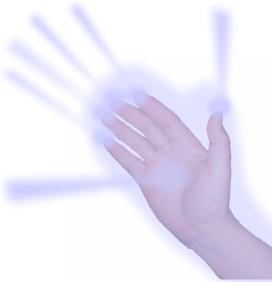
Day23: Pranayama Yoga Breathwork
Concept of Prana
In Sanskrit term, Prana refers to life and vitality. Hence, it plays an important role in yoga that incorporates proper breathing. Its ancient texts reveal the concept of 'breath of life' that provides nourishment and balance for the body.
One of the widest application of prana happens with hatha yoga, which deems it as a vital force that affects all bodily functions.
Union of Prana and Citta
The concept of breathing in yoga does not merely involve the physical body, but also your spiritual and mental body as well. Hence, the philosophy of Citta or consciousness is another vital aspect during deep breathing. This helps set the connection between breathing and consciousness.
Once you have set a pattern for your breathing such that inhalation and exhalation happen continuously and at an equal rate. When you gain control over your breathing, it makes you more aware of your consciousness and the body. By going deep into your consciousness, it also makes meditation possible.

Inhalation and Exhalation
These are two basic processes involved during deep breathing in yoga.
Prana or inhalation is the first of two vital forces during pranayama. Here is when the incoming energy happens, in the form of taking in air to breathe. Most of the vital system involved in this process is your abdominal region and respiratory system.
Apana, on the other hand, is the outward flow of energy through exhalation. Thus, the inhalation and expulsion of air within your system helps attain the balance that is required for your body.

Kundalini Yoga Basics : Deep Breathing in Kundalini Yoga
Why Perform Deep Breathing?
There are 5 major benefits that deep breathing is beneficial to your yoga practice:
- Stress Reduction. Deep breathing increase oxygen supply in your body to improve function and achieve a revitalized feeling.
- Pain Elimination. Deep breathing allows your body to release endorphins, which is a natural element in your body that fights pain.
- Relaxation. When you are feeling stressed out, deep breathing supplies more oxygen in your brain and helping you calm down.
- Risk Reduction. It helps slow down your breathing rate, making you less prone to certain diseases such as high blood pressure.
- Increased Energy. The added supply of oxygen within your body's systems give your energy level a major boost.





